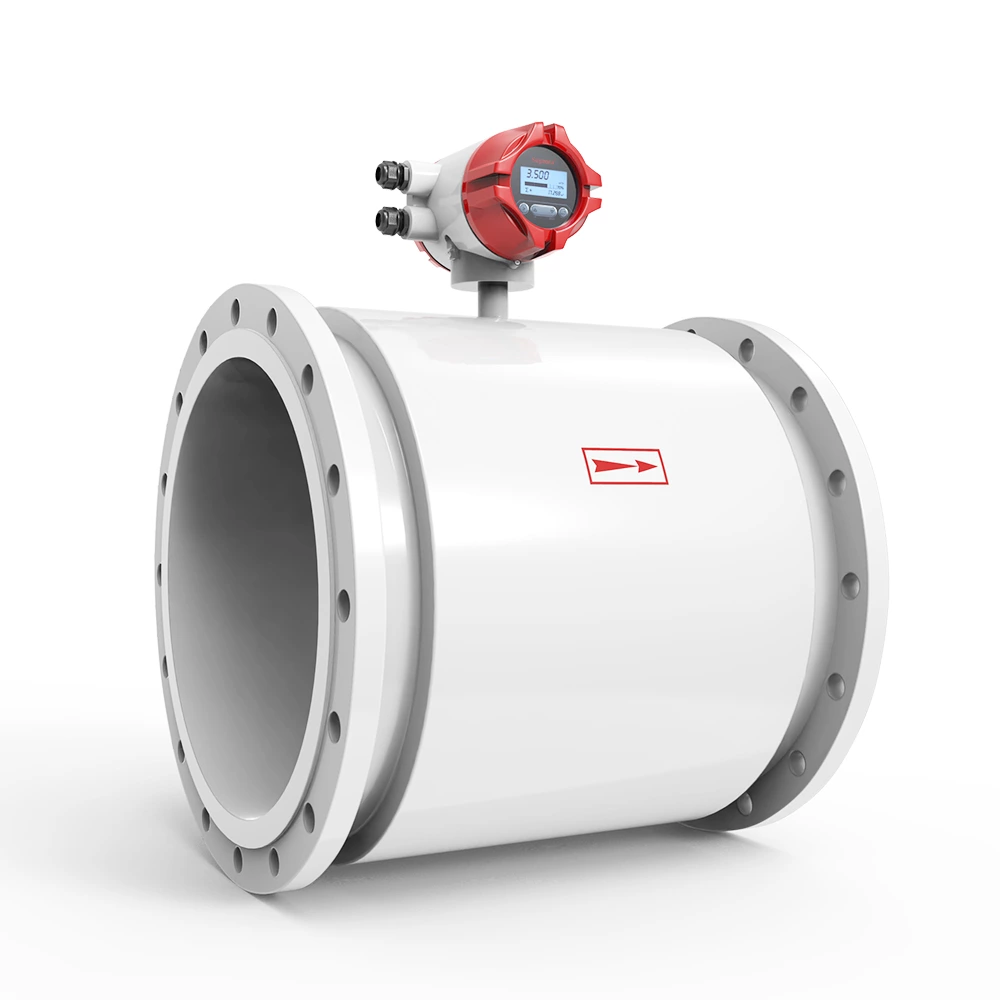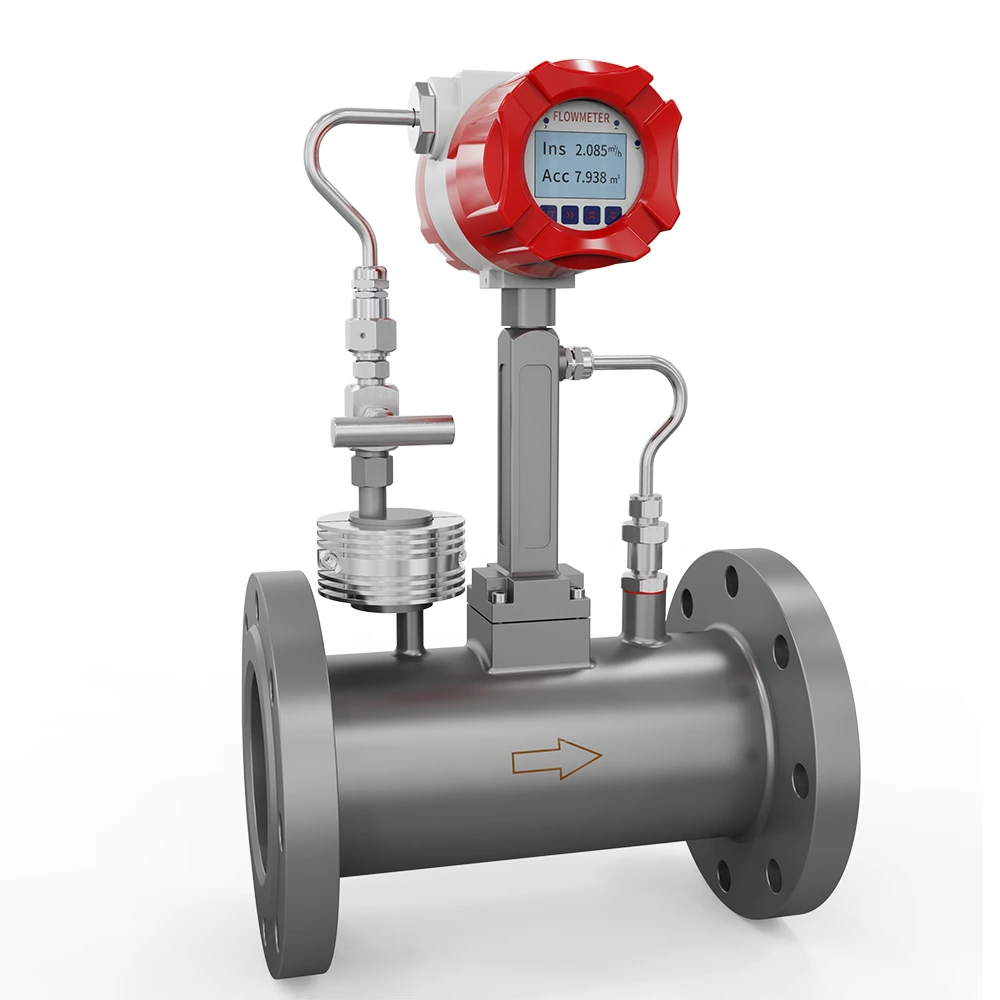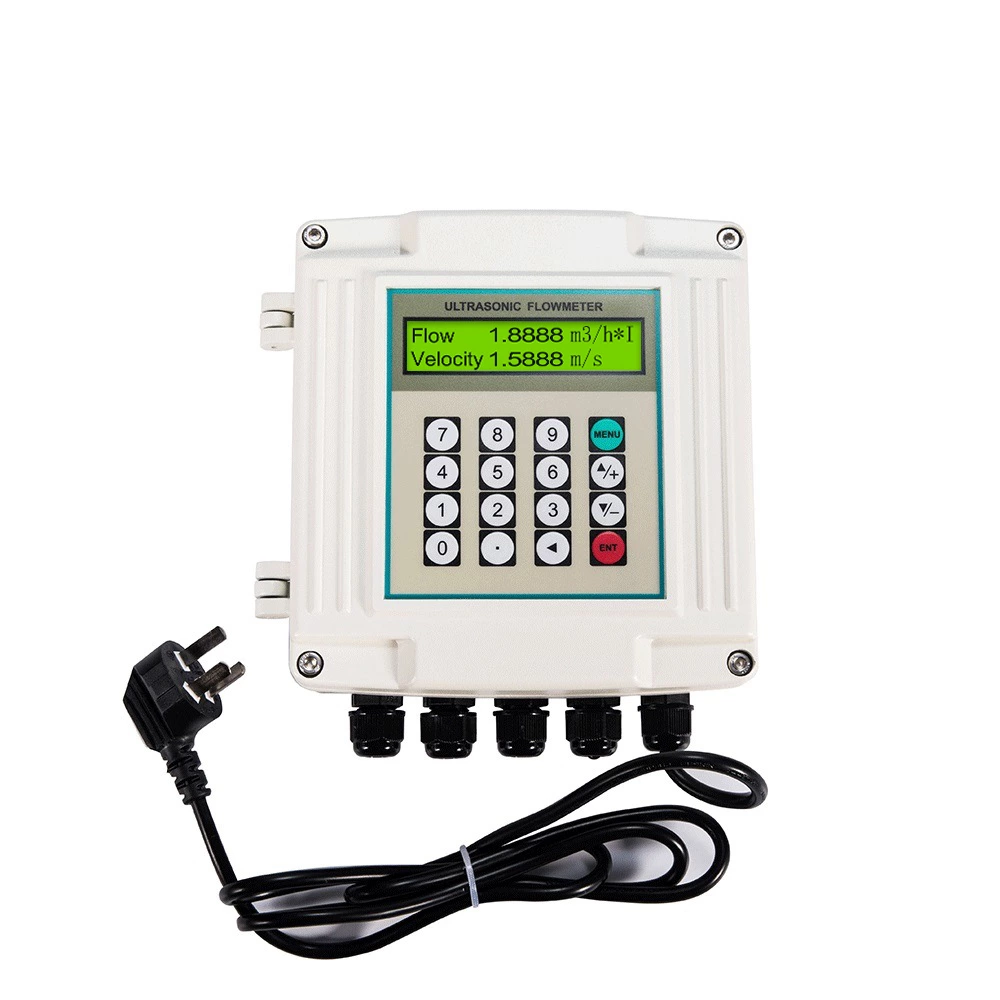What Is a Liquid Flow Meter? - A Comprehensive Guide
Introduction
Liquid flow meters are essential devices used in various industries to measure the flow rate of liquids. They play a crucial role in ensuring accurate measurements and monitoring of liquid flows, enabling efficient operations and effective control. In this article, we will delve into the concept of liquid flow meters, their types, working principles, applications, selection guides, and benefits. Whether you are an industry professional or simply curious about this technology, read on to enhance your understanding of liquid flow meters.
What Is a Liquid Flow Meter?
A liquid flow meter is a device used to measure the rate at which a liquid flows through a system. It provides accurate and real-time data on the volume or mass of liquid passing through a specific point within a given time frame. By monitoring flow rates, liquid flow meters enable precise control of industrial processes, ensuring optimal efficiency and productivity.
Types of Liquid Flow Meters
There are various types of liquid flow meters available, each with its own working principle and applications. Some common types include:
Differential Pressure Flow Meters
Differential pressure flow meters, such as orifice plates and venturi meters, rely on the principle of pressure drop across a constriction in the flow path to measure flow rates. They are widely used in industries where accuracy and cost-effectiveness are crucial.
Positive Displacement Flow Meters
Positive displacement flow meters measure flow rates by repeatedly filling and emptying a chamber with a known volume of liquid. These meters are highly accurate and suitable for measuring viscous liquids or low flow rates.
Turbine Flow Meters
Turbine flow meters utilize a rotating turbine wheel placed in the flow path. The flow of liquid causes the turbine to rotate, and the rotational speed is directly proportional to the flow rate. These meters are commonly used for measuring clean, low-viscosity liquids.
Electromagnetic Flow Meters
Electromagnetic flow meters employ Faraday's law of electromagnetic induction to measure flow rates. They are suitable for a wide range of conductive liquids and offer excellent accuracy and reliability.
Vortex Flow Meters
Vortex flow meters are a type of flow meter that measures the flow rate of a fluid by detecting the frequency of vortices shed by a bluff body in the flow stream. Vortex flow meters are a reliable and accurate way to measure fluid flow rates in industrial applications. Their ability to measure a wide range of fluids and their low maintenance requirements make them a popular choice for many industries.
Ultrasonic Flow Meters
Ultrasonic flow meters are devices that use ultrasonic technology to measure the flow rate of liquids or gases. They are widely used in industries such as oil and gas, chemical, and water treatment. Ultrasonic flow meters are highly accurate and non-invasive, making them an ideal choice for measuring flow rates in a variety of applications. They are also easy to install and maintain, with no moving parts that can wear out or require regular calibration.
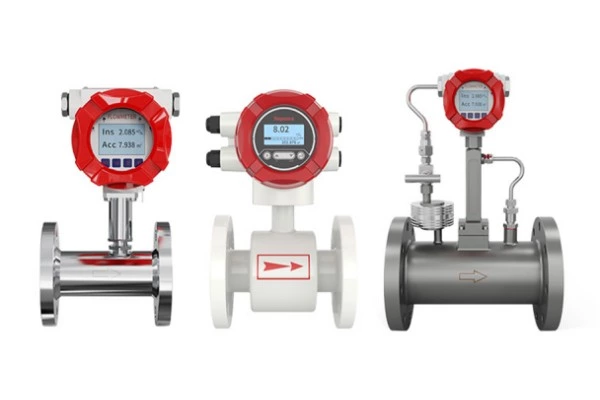
Working Principles of Liquid Flow Meters
The working principles of liquid flow meters vary depending on their type. Here are brief explanations of the working principles of some common liquid flow meters:
- Differential pressure flow meters measure the pressure drop across a constriction in the flow path, which is then correlated to the flow rate.
- Positive displacement flow meters measure flow rates by counting the number of times a chamber is filled and emptied.
- Turbine flow meters measure the rotational speed of a turbine wheel caused by the flowing liquid, which is then converted into flow rate.
- Electromagnetic flow meters measure the induced voltage generated by the liquid flowing through a magnetic field, which is proportional to the flow rate.
- Vortex flow meters work by detecting these vortices and measuring their frequency. The meter consists of a bluff body placed in the flow stream and a sensor that detects the vortices shed by the body. The frequency of the vortices is then converted into a flow rate measurement.
- Ultrasonic flow meters work by emitting high-frequency sound waves into the fluid, which are then reflected to the device by particles in the fluid. By measuring the time it takes for the sound waves to travel to and from the particles, the flow rate of the fluid can be calculated.
Advantages of Using Liquid Flow Meters
Liquid flow meters offer numerous advantages in various industries. Some key benefits include:
- Accurate Measurements: Liquid flow meters provide precise and reliable measurements, ensuring quality control and process optimization.
- Process Monitoring: By continuously monitoring flow rates, these meters enable real-time process monitoring and control, helping to identify anomalies and maintain consistency.
- Efficiency Improvement: With accurate flow data, industries can identify areas of improvement and optimize their processes for better efficiency, reducing energy consumption and costs.
- Resource Management: Liquid flow meters aid in efficient resource management by measuring and controlling the consumption of liquids, preventing wastage and reducing environmental impact.
- Safety and Compliance: Monitoring flow rates is essential for maintaining safety standards and complying with regulations in industries such as oil and gas, chemical, and pharmaceutical.
Applications of Liquid Flow Meters
Liquid flow meters find applications in various industries and sectors, including:
- Oil and Gas: Flow measurement in pipelines, refineries, and storage tanks.
- Chemical Processing: Monitoring flow rates of chemicals, solvents, and raw materials.
- Water and Wastewater Management: Measuring water consumption, leakage detection, and wastewater treatment.
- Food and Beverage: Monitoring liquid ingredients, flow control in bottling and packaging processes.
- Pharmaceuticals: Precise measurement and control of liquid ingredients in drug manufacturing.
- HVAC Systems: Measuring coolant flow in heating, ventilation, and air conditioning systems.
- Agriculture: Monitoring irrigation and liquid fertilizer distribution.
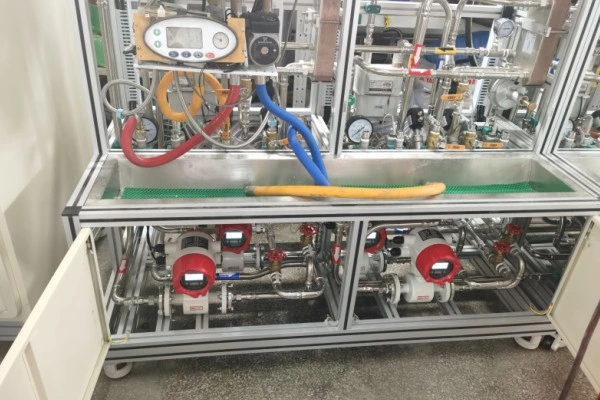
Liquid Flow Meters Selection Guide: 7 Steps
Choosing the right liquid flow meter for your application can be a critical decision. With numerous options available, it's essential to follow a systematic approach to ensure the selected flow meter meets your specific needs. In this selection guide, we present seven steps to help you make an informed decision.
Step 1: Define the Application Requirements
Start by clearly defining the requirements of your application. Consider the type of liquid you need to measure, the desired flow rate range, the accuracy level needed, and any specific industry standards or regulations that must be met. Understanding these requirements will guide your flow meter selection process.
Step 2: Understand the Operating Conditions
Evaluate the operating conditions in which the flow meter will be installed. Take into account factors such as temperature, pressure, and the presence of any corrosive or abrasive substances in the fluid. This information will help you choose a flow meter with suitable materials of construction and the ability to withstand the specific environmental conditions.
Step 3: Determine the Flow Measurement Principle
Different flow measurement principles are available, such as differential pressure, positive displacement, magnetic, ultrasonic, and vortex shedding. Each principle has its advantages and limitations. Select the principle that aligns with your application requirements and provides the desired level of accuracy, reliability, and maintenance ease.
Step 4: Consider Fluid Properties
The properties of the liquid being measured play a crucial role in selecting the appropriate flow meter. Factors such as viscosity, conductivity, and cleanliness of the fluid are important considerations. Ensure that the chosen flow meter is compatible with the specific fluid properties to ensure accurate measurements and reliable performance.
Step 5: Evaluate Installation Requirements
Evaluate the installation requirements of the flow meter. Consider factors such as available space, pipe size compatibility, straight pipe run requirements (if any), and the need for any additional accessories, such as flow conditioners or filters. Assessing the installation requirements will help you determine the practicality and feasibility of different flow meter options.
Step 6: Budget and Total Cost of Ownership
Consider your budgetary constraints and the total cost of ownership. While the initial cost of the flow meter is important, also factor in ongoing expenses such as calibration, maintenance, and spare parts. Opting for a flow meter with a higher initial cost but lower maintenance requirements may prove to be more cost-effective in the long run.
Step 7: Seek Expert Advice and Evaluate Supplier Support
Engage with industry experts or consult with flow meter manufacturers to get their recommendations and insights. They can provide valuable guidance based on their expertise and experience. Additionally, evaluate the level of technical support and after-sales service provided by the flow meter supplier. A reputable supplier with excellent support can ensure a smooth installation process and provide assistance when needed.
Selecting the right liquid flow meter involves careful consideration of various factors such as application requirements, operating conditions, flow measurement principles, fluid properties, installation requirements, budget, and supplier support. By following these seven steps, you can make an informed decision and choose a flow meter that meets your specific needs, ensuring accurate and reliable measurements in your application.
Installation and Maintenance of Liquid Flow Meters
Proper installation and regular maintenance are crucial for optimal performance and longevity of liquid flow meters. Here are some general guidelines:
- Follow manufacturer's instructions for installation, ensuring correct orientation and alignment.
- Regularly calibrate the flow meter to maintain accuracy and adjust for any changes in the system.
- Clean the flow meter periodically to remove any debris or buildup that could affect its performance.
- Monitor for leaks or damage and promptly address any issues to prevent inaccurate readings or system failures.
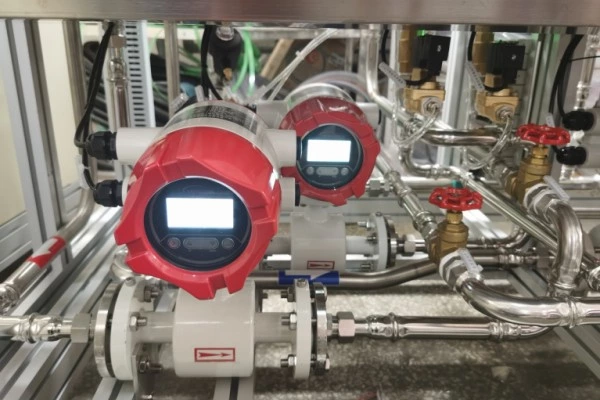
Common Challenges and Troubleshooting Tips
While liquid flow meters are reliable devices, they can encounter certain challenges. Here are a few common issues and troubleshooting tips:
- Blockages or Clogging: Clean or flush the flow meter and associated piping to remove any obstructions.
- Sensor Malfunction: Check the sensor connections and wiring for any loose connections or damage.
- Signal Interference: Ensure proper grounding and minimize electromagnetic interference sources near the flow meter.
- Calibration Drift: Regularly calibrate the flow meter to account for any deviations from the original specifications.
Future Developments in Liquid Flow Meter Technology
The field of liquid flow meter technology continues to evolve, driven by advancements in sensing, communication, and data analysis. Some future developments include:
- Wireless Connectivity: Integration of wireless communication capabilities for remote monitoring and control.
- Advanced Sensing Techniques: Implementation of innovative sensors for improved accuracy and reliability.
- Internet of Things (IoT) Integration: Utilizing IoT platforms to collect and analyze flow data for predictive maintenance and process optimization.
- Smart Metering: Development of smart flow meters with advanced features like self-diagnosis, self-calibration, and automated data reporting.
Conclusion
Liquid flow meters are vital tools for measuring and monitoring liquid flows in various industries. They offer accurate measurements, process optimization, and resource management, ensuring efficient operations and compliance with industry standards. By understanding the types, working principles, applications, and benefits of liquid flow meters, professionals can make informed decisions when selecting and utilizing these devices in their respective fields.
FAQs
Q1: How do I choose the right liquid flow meter for my application?
A1: Consider factors such as flow rate range, liquid properties, installation requirements, and cost/maintenance to select a suitable flow meter.
Q2: Can liquid flow meters handle different types of liquids?
A2: Yes, there are liquid flow meters designed to handle various liquids, including corrosive, high-viscosity, and conductive fluids.
Q3: How often should I calibrate my liquid flow meter?
A3: It is recommended to calibrate the flow meter regularly, following the manufacturer's guidelines and considering the specific application requirements.
Q4: Are liquid flow meters suitable for measuring gas flow?
A4: Liquid flow meters are specifically designed for measuring liquid flows. For gas flow measurement, dedicated gas flow meters should be used.
Q5: What are the future trends in liquid flow meter technology?
A5: Future developments may include wireless connectivity, advanced sensing techniques, IoT integration, and the emergence of smart metering capabilities.

